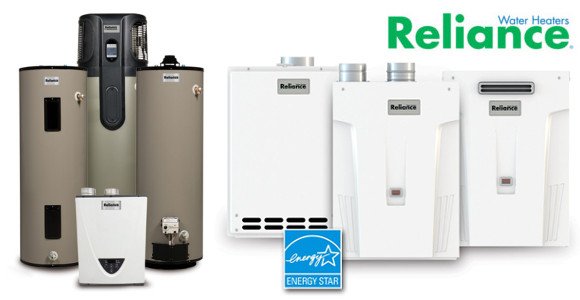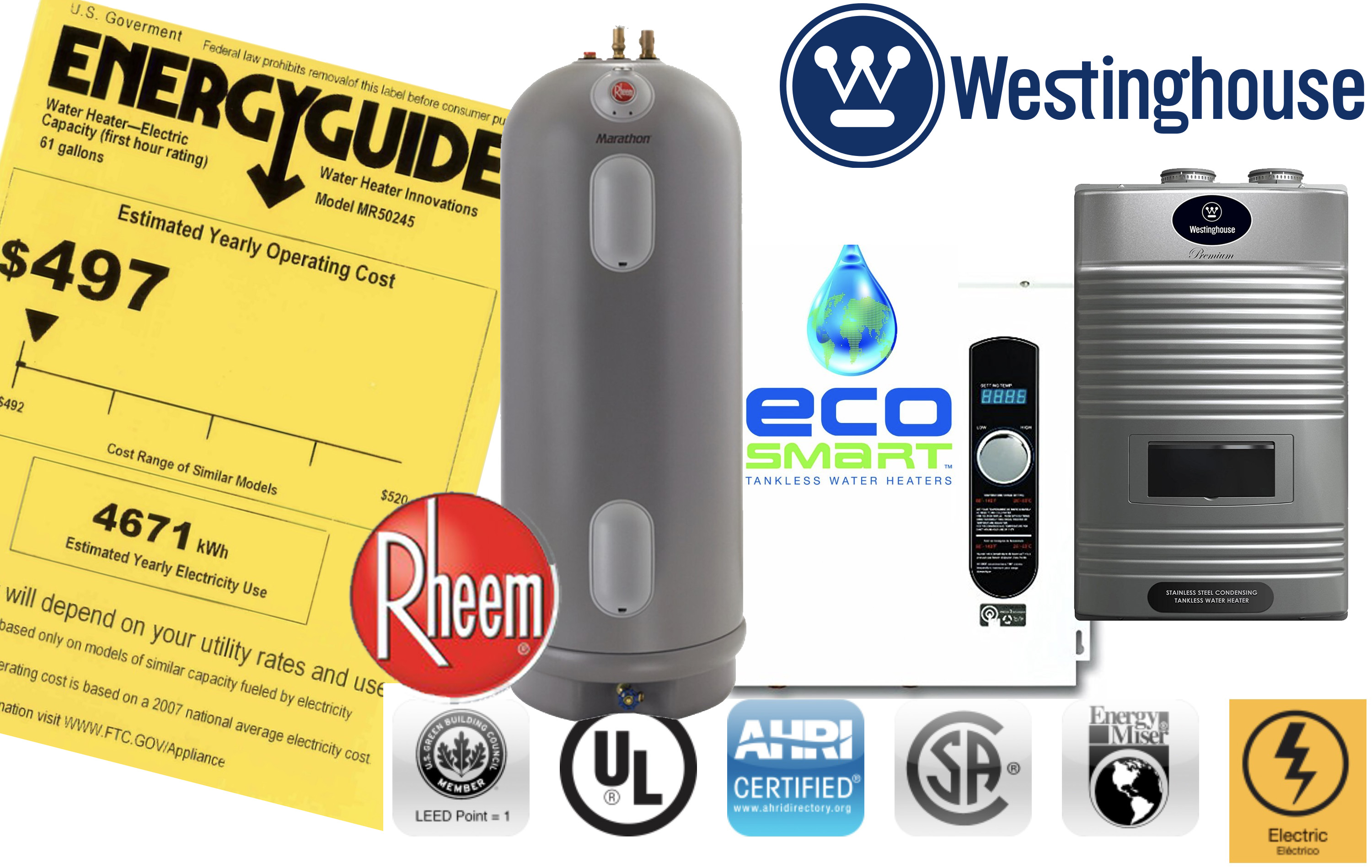With the rise of technology, the concept of heating water for household use has managed to get significant upgrades in terms of execution and resources. Thus, the age of water heaters came to be, spawning many different brands.
Perhaps one of the best in this industry is A.O. Smith, which is over 70 years old. With that said, their product variety is also extensive, which might cause confusion for the uninitiated. But, whether or not you’re familiar with water heaters, reading on will definitely help you narrow down your potential buys, which will best suit your needs.

Which A.O. Smith water heater should you get?
By now, you should at least have some basic know-hows on the different types of water heater you’re expected to encounter in A.O. Smith’s amazing lineup. And for the sake of simplicity, the following items below will be categorized.
-
Gas and Propane Water Heaters
The heaters in this category mostly comes as a tank variety. A good example from this class is the ProMax model. The ProMax family in A.O. Smith’s water heater lineup offers a combination of optimal design and innovation. Featuring the unique FVIR Technology™, your safety from spontaneous combustion remains at an all-time high.
Other advantages of the ProMax® models include: an eco-friendly operation which reduces NOx emission by around 33%, high water recovery rate up to 150 gal. in the initial hour, and ease-of-installation due to their 40-ft. vent clearance.
Find all A.O. Smith ProMax Water Heaters on Amazon!
-
Electric Water Heaters
This category is still mostly made up of storage tank heaters. It also showcases different models, even including the ProMax®. But perhaps the most popular name under this group is the Conservationist® line.
If you’re aiming to significantly reduce your electric bill, then the Conservationist® roster is for you. Each model under this line uses 4500-watt Phoenix™ heating elements, which are basically made up of low-watt density Incoloy steel. Compared to the usual copper elements, these ones last up to 3 times longer.
Find all A.O. Smith Conservationist Water Heaters on Amazon!
-
Tankless Water Heaters
If you want to save space, money, and energy, then go for the tankless water heaters of A.O. Smith. They are designed to provide instantaneous and endless hot water, all without taking up too much room. Each model under this sort are also easy to operate and safe to monitor, thanks to technologies like the Air-Fuel Ratio sensor, freeze protection, and Hi-Limit switch, among others.
Find all A.O. Smith Tankless Water Heaters on Amazon!
-
Hybrid Water Heaters
With models ranging from 50, 66, to 80-gal. tanks that uses heat pump technology, this category is most ideal if you want multiple hot water use, but without fear of losing hot outputs. This group is mostly made up of the Voltex® Hybrid family.
Find all A.O. Smith Hybrid Water Heaters on Amazon!
-
Solar Water Heaters
Unlike the other groups, A.O. Smith only offers one model under this category, which is the Cirrex® Solar System. With its high-efficiency rating, low carbon emission, and long lifespan, this unit is perfect if you’re looking to invest in green renewable energy, while still getting sufficient heating to your water source.
Find all A.O. Smith Solar Water Heaters on Amazon!
What are the types of water heaters?
But before deciding what type of water heater of the A.O. Smith’s wide-ranging product list you should get, it would be wise to gain at least an introductory insight on the many types of water heater this company offers.
Back in the old days, there were only two types of water heater: tank and tankless. But, through time and countless innovations, such number has now gone up to five, with the addition of: heat pump (hybrid) water heater, solar water heater, and condensing water heater.
To get a better idea of how these five works, here are brief descriptions of each one:
-
Tank Water Heater
With the use of an insulated tank, this type of heater stores water in large volumes, keeps it warm, and delivers it when the need arises. Storage tank water heaters are also the most common among other sorts.
Tank water heaters are usually powered by natural gas. And although most of these units bear hefty price tags upon initial purchase, they also use less energy and costs less to operate, which in the long run, are better compared to electric-powered heaters. However, tank water heaters do require constant monitoring in order to avoid the pressure going over the allowable preset level.
-
Tankless Water Heater
The tankless water heater delivers hot water on demand, hence the name. Instead of collecting great amounts of water in a tank for later use, this model typically uses specialized heating coils in order to instantly heat up the water that flows towards you.
Despite being energy-efficient, tankless water heaters can only pump around 3.5 gallons of heated water per minute, which tend to limit it to a single use at a time. With that in mind, a household requiring simultaneous hot water use, usually in larger families, is not optimal for this type of heater.
-
Heat Pump (Hybrid) Water Heater
This variety transfers heat from the air to the water, which allows it to use about 60% less energy than your common electric brand. But, the installation of hybrid water heater is a bit sophisticated because of the way it operates.
For one, it needs about 7-feet ceiling clearance and up to 1000 cu. Ft. of uncooled area in order to properly collect heat from the air. You also need a drain to collect and dispose the condensate this type of heater produces.
-
Solar Water Heater
Just as its name suggests, the solar water heater utilizes the power of the sun. Thus, the more sun exposure there is in your location, the more you get out of this one. But, the same can’t be said if you live in an area with frequent overcasts, nor is it viable in places susceptible to extreme winters.
-
Condensing Water Heater
Condensing water heater is a lot like the typical tank build, but with a more efficient way of saving potentially wasted energy. Unlike conventional water heaters, this one captures gases that escapes out the flue, which it then transports through a coil, heating up the inbound water in the process.





Be the first to comment on "AO Smith Water Heaters Buying Guide"